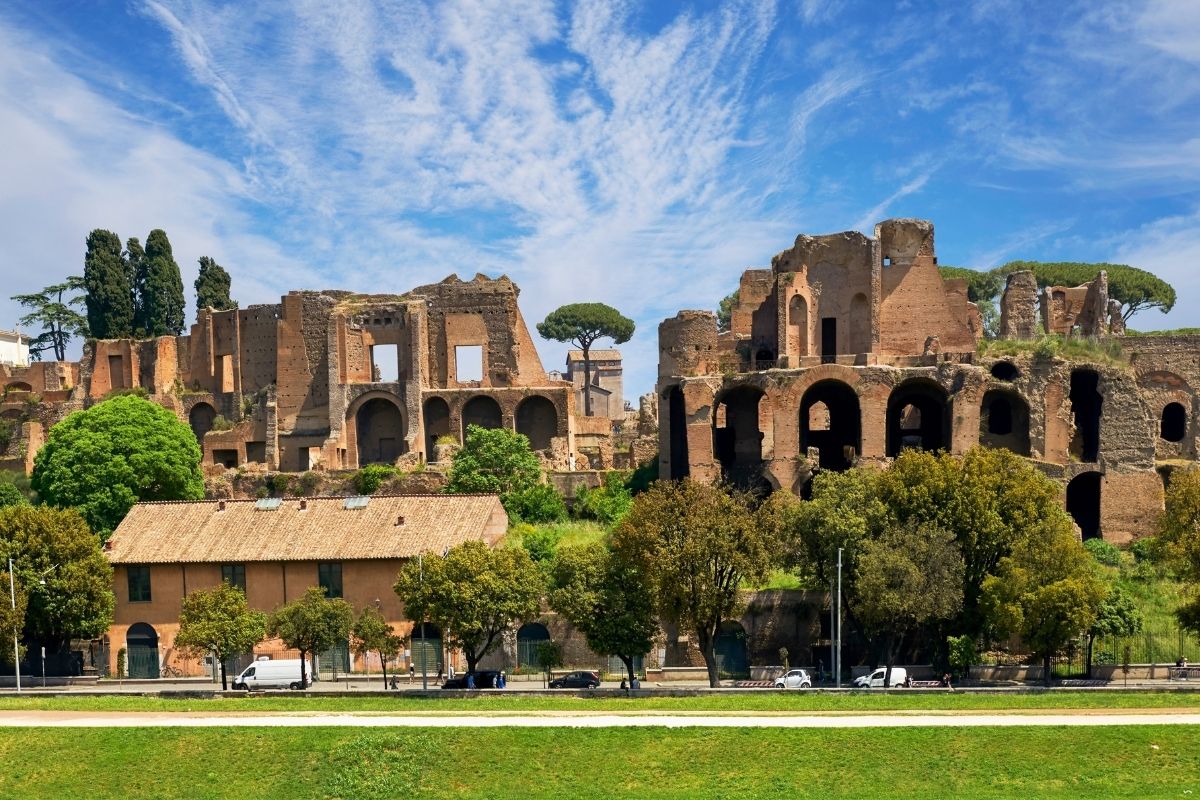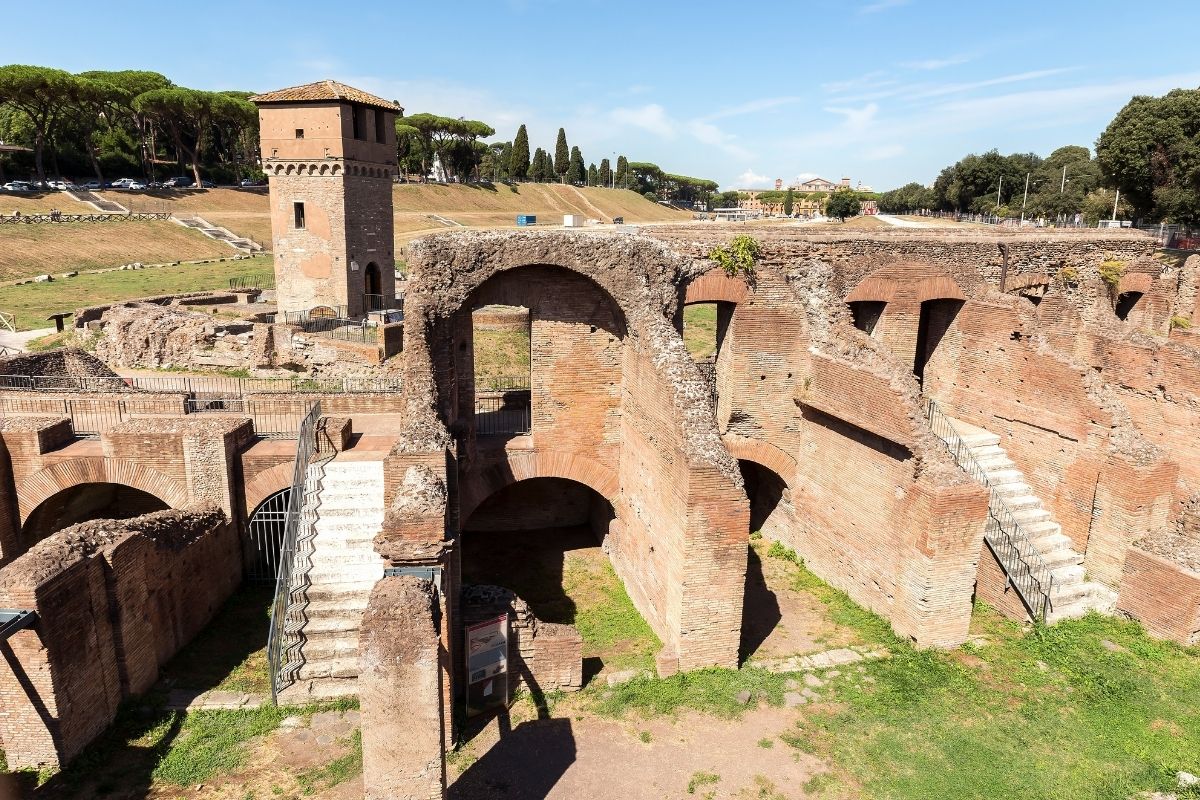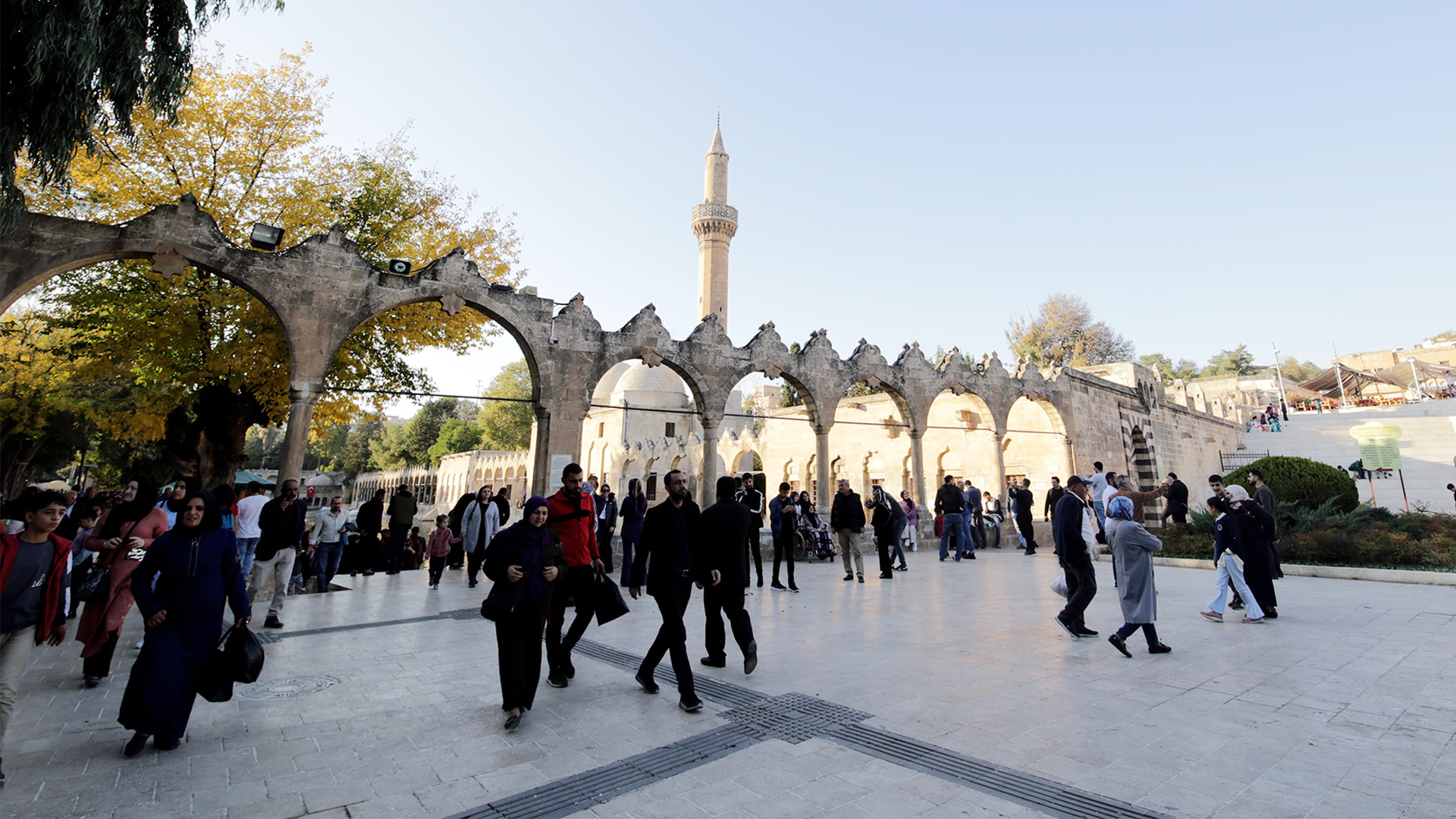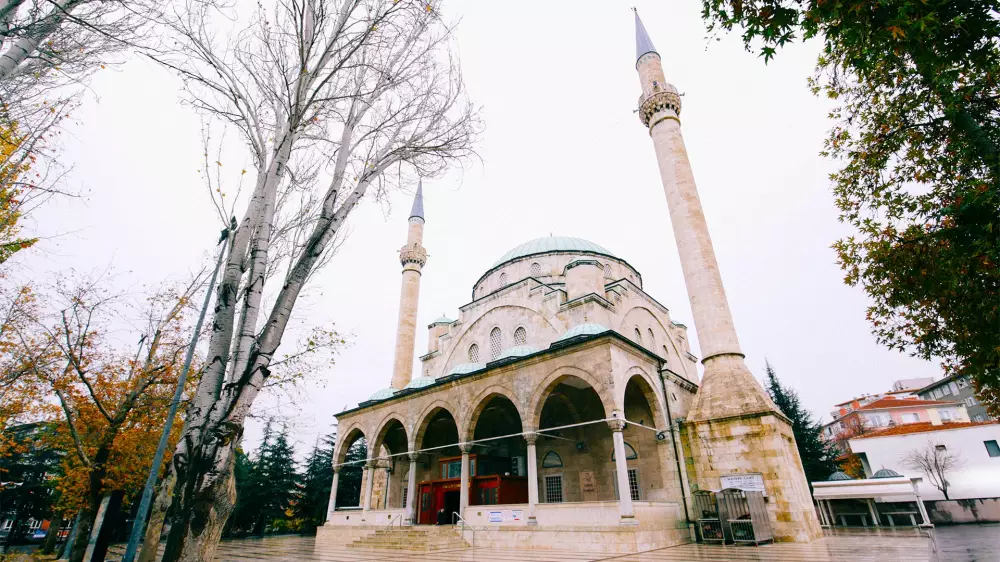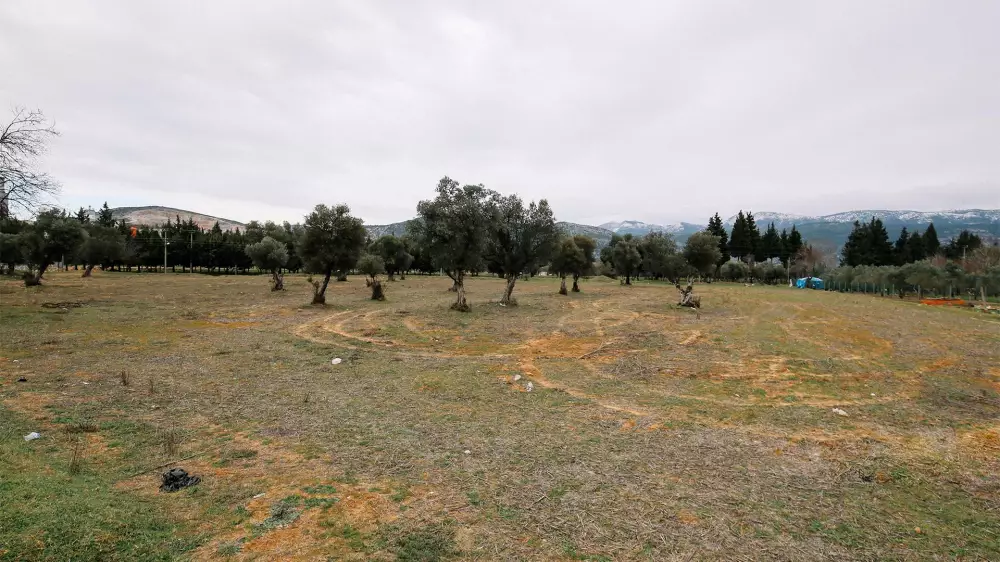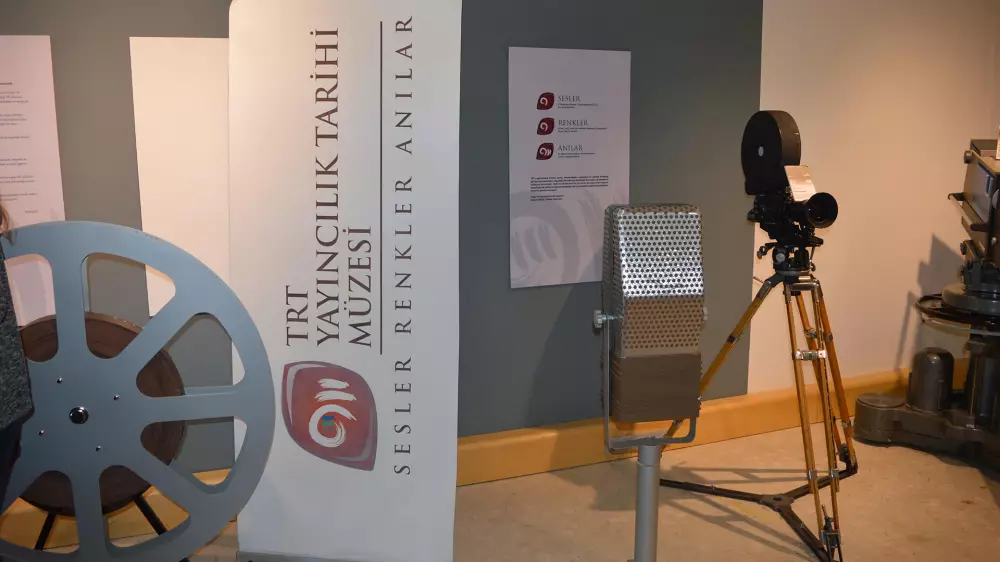
Circus Maximus
03.01.2024 12:42
The Circus Maximus is known as the largest and most famous chariot racing stadium of ancient Rome. Located near the city center of Rome, nestled between the Palatine and Aventine hills, the Circus Maximus hosted major chariot races and public events in ancient times, reflecting the entertainment culture of the Roman Empire.
The construction of the structure dates back to the 6th century BC and has undergone various expansions and renovations over time to reach its present form. The Circus Maximus had a capacity of about 250,000 spectators, making it one of the largest sports arenas in the world.
Today, although most of the structures of the Circus Maximus have been destroyed, visitors can still sense its impressive dimensions and historical significance. The main outlines of the race track and parts of the spectator stands are still visible. Additionally, the walking paths and green spaces surrounding the area provide an ideal setting to explore the history of the Circus Maximus.
Visiting the Circus Maximus is a journey into the ancient period of Rome. This area offers rich insights into the social and cultural life of the Roman Empire. The Circus Maximus provides a unique opportunity to explore the entertainment and sports understanding of the ancient era.
The Circus Maximus remains a vibrant part of Rome's historical and cultural heritage. This ancient chariot racing stadium is an important tourist attraction, bearing witness to Rome's past and reflecting the historical texture of the city. This impressive structure of ancient Rome offers an unmissable experience for every visitor interested in history. The Circus Maximus sheds light on the ancient history of Rome, offering a deep insight into the city's past and is a site of high historical and cultural importance.
Gallery


